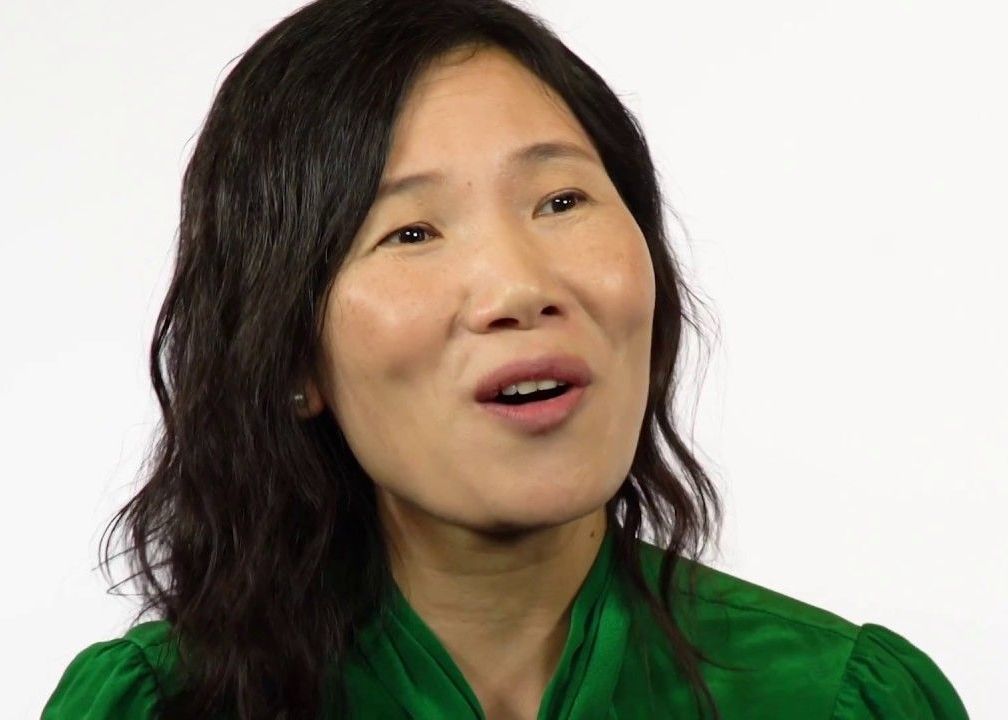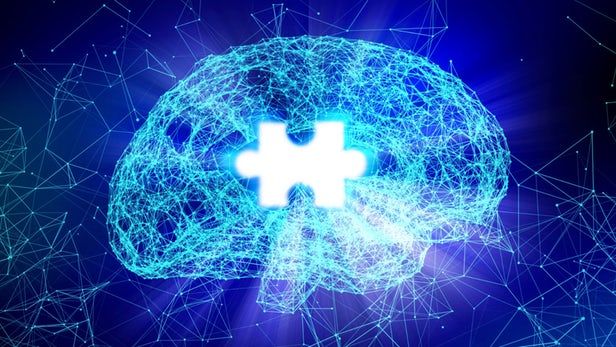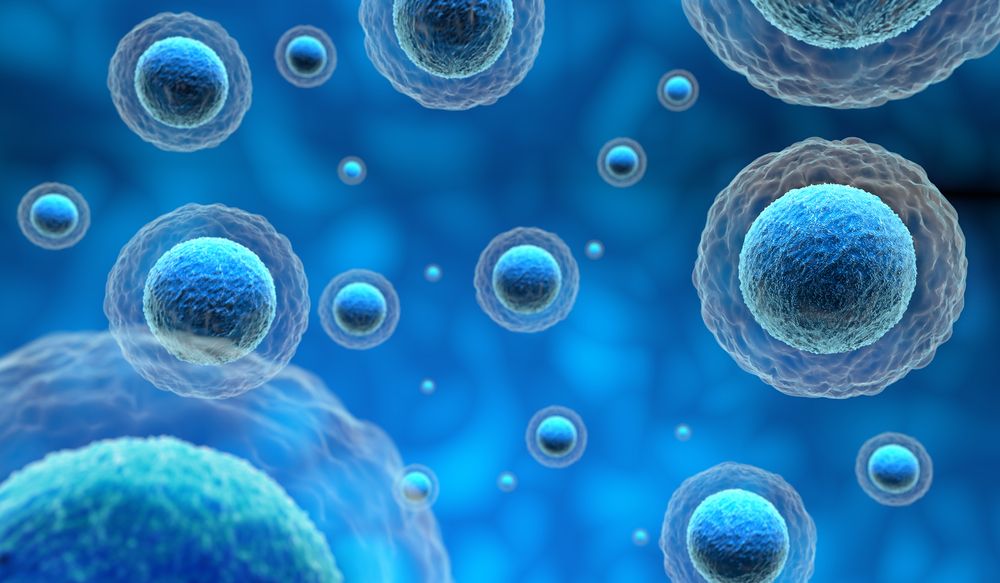Page 9641
Jul 24, 2018
Mars will appear in the sky below the ‘blood moon’ this Friday
Posted by Michael Lance in categories: biotech/medical, space
Jul 24, 2018
Beyond silicon: $1.5 billion U.S. program aims to spur new types of computer chips
Posted by Genevieve Klien in categories: computing, military, nanotechnology, particle physics, policy
Silicon computer chips have been on a roll for half a century, getting ever more powerful. But the pace of innovation is slowing. Today the U.S. military’s Defense Advanced Research Projects Agency (DARPA) announced dozens of new grants totaling $75 million in a program that aims to reinvigorate the chip industry with basic research into new designs and materials, such as carbon nanotubes. Over the next few years, the DARPA program, which supports both academic and industry scientists, will grow to $300 million per year up to a total of $1.5 billion over 5 years.
“It’s a critical time to do this,” says Erica Fuchs, a computer science policy expert at Carnegie Mellon University in Pittsburgh, Pennsylvania.
In 1965, Intel co-founder Gordon Moore made the observation that would become his eponymous “law”: The number of transistors on chips was doubling every 2 years, a time frame later cut to every 18 months. But the gains from miniaturizing the chips are dwindling. Today, chip speeds are stuck in place, and each new generation of chips brings only a 30% improvement in energy efficiency, says Max Shulaker, an electrical engineer at the Massachusetts Institute of Technology in Cambridge. Fabricators are approaching physical limits of silicon, says Gregory Wright, a wireless communications expert at Nokia Bell Labs in Holmdel, New Jersey. Electrons are confined to patches of silicon just 100 atoms wide, he says, forcing complex designs that prevent electrons from leaking out and causing errors. “We’re running out of room,” he says.
Jul 24, 2018
SpaceX launches record-setting satellite with a block 5 Falcon 9
Posted by Genevieve Klien in categories: Elon Musk, satellites
Elon Musk’s rocket company launched the final iteration of its workhorse rocket carrying the biggest communications satellite ever.
Jul 24, 2018
How giant neurons in the brain stimulate consciousness, awareness and cognition
Posted by Genevieve Klien in categories: habitats, neuroscience
A fascinating study from scientists at Rockefeller University has shed new light on a deep brain mechanism that can stimulate awareness and cognition. The research homes in on a collection of giant neurons in the brain that seem to be able to modulate stimulation of the entire central nervous system.
Jul 24, 2018
Mice Reprogram Gut Tissue to a Fetal State to Heal Injury
Posted by Steve Hill in categories: biotech/medical, genetics, life extension, neuroscience
A new study shows that mice reprogram their gut tissues to repair injury rolling them from an aged state back to a more fetal-like one.
Getting old is one thing; getting old in a healthy way is another. Many elderly people suffer from all kinds of diseases and disorders, ranging from cardiovascular problems and diabetes to Alzheimer’s and Parkinson’s disease. Wouldn’t it be nice if we could keep the body young as we grow older to prevent disease associated with old age? For instance, would it be possible to slow down or reverse the aging processes in the cells of our body?
This question has gained a lot of interest from scientists, and their research has led to the discovery of the important role that the shortening of telomeres, the protective caps on our DNA, plays in aging. While this has been described in recent posts on the LEAF blog, I would like to address another mechanism that has seen an interesting leap forward, more or less by accident: rejuvenation of tissue.
Continue reading “Mice Reprogram Gut Tissue to a Fetal State to Heal Injury” »
Which future are you going to pick?
Today, I would like to tell you two short stories describing what your far future might look like, depending on the choices that you though not only you will make in the near future. Feel free to leave a comment to let others know which one you’d rather have as your real future.
Story 1: A day in 2140
Jul 24, 2018
Artificial intelligence saves water for water users associations
Posted by Bill Kemp in categories: climatology, robotics/AI, sustainability
Agriculture uses 70 percent of the water in the world, and this appears to be an upward trend regarding water needs. As the demand in other industry sectors is also increasing, and the effects of climate change exacerbate water shortages, water saving measures have become an unavoidable challenge for maintaining the sector and preserving life.
Agronomy researcher Rafael González has developed a model to predict in advance the water that users will need each day. This tool came about from a drive to ally with water resource sustainability.
The model applies artificial intelligence techniques including fuzzy logic, a system used to explain the behavior of decision making. It also mixes variables that are easier to measure, like agroclimatic ones or the size of the plot of land to be watered, with other more complicated variables, like traditional methods in the area and holidays during watering season.
Continue reading “Artificial intelligence saves water for water users associations” »
Jul 24, 2018
Team lands new efficiency breakthrough for emerging solar cell material
Posted by Bill Kemp in categories: solar power, sustainability

UNSW solar energy researcher and Scientia Fellow Dr. Xiaojing Hao and her team have achieved two energy efficiency world records for the solar cell material of the future, sulfide kesterite.
Dr. Hao and her team broke the 10 per cent efficiency barrier for not only sulfide kesterite but also for a standard sized kesterite solar cell, whether pure sulfide material or incorporating less-desirable selenium.
Continue reading “Team lands new efficiency breakthrough for emerging solar cell material” »
Jul 24, 2018
Search engine for ‘smart wood’
Posted by Bill Kemp in categories: habitats, robotics/AI
The enzyme laccase is able to alter the chemical structure of wood on its surface and thus facilitate biochemical modifications without changing the structure of the material. By attaching functional molecules, Empa researchers develop waterproof or antimicrobial wood surfaces, for instance. Also it is possible to make adhesive wood fibers, which can be pressed to fiberboards without any chemical binding agents. These solvent-free fiberboards are used for insulation of eco houses.
The problem: There are many variants of laccase, which differ in the architecture of the chemically active center, and not all of them react with the desired substrate. As it is extremely difficult to predict whether or not a particular laccase will react with a specific substrate, costly and time-consuming series of experiments are required to identify suitable laccase-substrate pairs. Molecular simulations could solve the problem: You simply need a precise structural analysis of the laccase to simulate the chemical reaction mechanism for every desirable combination on the computer. However, this requires a high computer computing—capacity and, even then, would be extremely time-consuming and expensive.
But there is a shortcut: “deep learning.” A computer program is trained to recognize patterns with data from the literature and own experiments: Which laccase oxidizes which substrate? What might be the best conditions for the desired chemical process to take place? The best thing about it: The search works even if not all details about the chemical mechanism are known.
















